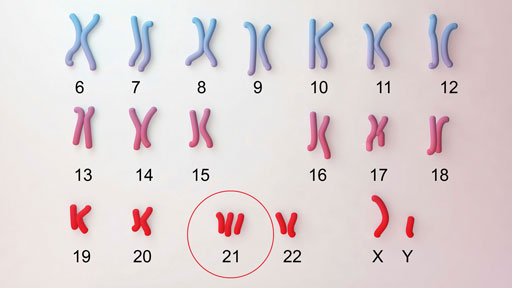With headlines like “Vaccines cause Autism” and “People with Autism don’t Want Friends,” there are plenty of misconceptions about what it means to have autism. In reality, autism is a complex spectrum that is not fully understood.
Autism is commonly referred to as ASD (Autism Spectrum Disorder) due to the wide variety of severity associated with it and the broad challenges Autistic people face. ASD is diagnosed under the following criteria:
- Persistent deficits in social communication and social interaction across multiple contexts.
- Restricted, repetitive patterns of behavior, interests, or activities, as manifested by at least two of the following, currently or by history.
- Symptoms must be present in the early developmental period.
- Symptoms cause clinically significant impairment in social, occupational, or other important areas of current functioning.
Though most people think of autism as an intellectual disability, it can be seen by the criteria above that it primarily manifests in social behaviors. Autistic people may struggle to make/keep friends, express their emotions, make eye contact with others, catch social cues, or communicate verbally. Because of these challenges, many Autistic people struggle to connect with others and peers may avoid them because they think that they don’t want to be connected with.
:max_bytes(150000):strip_icc():format(webp)/What-are-the-three-levels-of-autism-260233-5baab02fc9e77c002c390bd2.png)
As I previously said, autism is referred to as a spectrum due to the differing severity of the manifestations. Some Autistic people can function fully in society and their behaviors may not even be noticed by the general population. Others on the spectrum may be fully nonverbal and struggle to do anything independently. In the past, there used to be a difference between those with “high functioning” and “low functioning” autism. Those with high functioning autism who may also have a unique ability in a subject (perhaps reading, math, or memory) were diagnosed with Aspergers Syndrome. These people still struggle with acts of empathy, socialization, and understanding complex cues. Though there used to be two distinct diagnoses, there has been a recent push to include Aspergers in the Autism Spectrum because the difficulties faced by both groups were greatly misunderstood and overlapped significantly.

You may have noticed that through out this post, I’ve been referring to people who have Autism as “Autistic people.” Though there has been a general push for people-first language in the disability community, many Autistic people are proud of their diagnosis and think of it as an integral part of who they are. Because of this, they want to be described as autistic because they cannot be separated from it. With that being said, others prefer “people with autism” and you should always check with that individual before assuming their prefrences.



